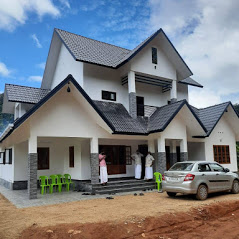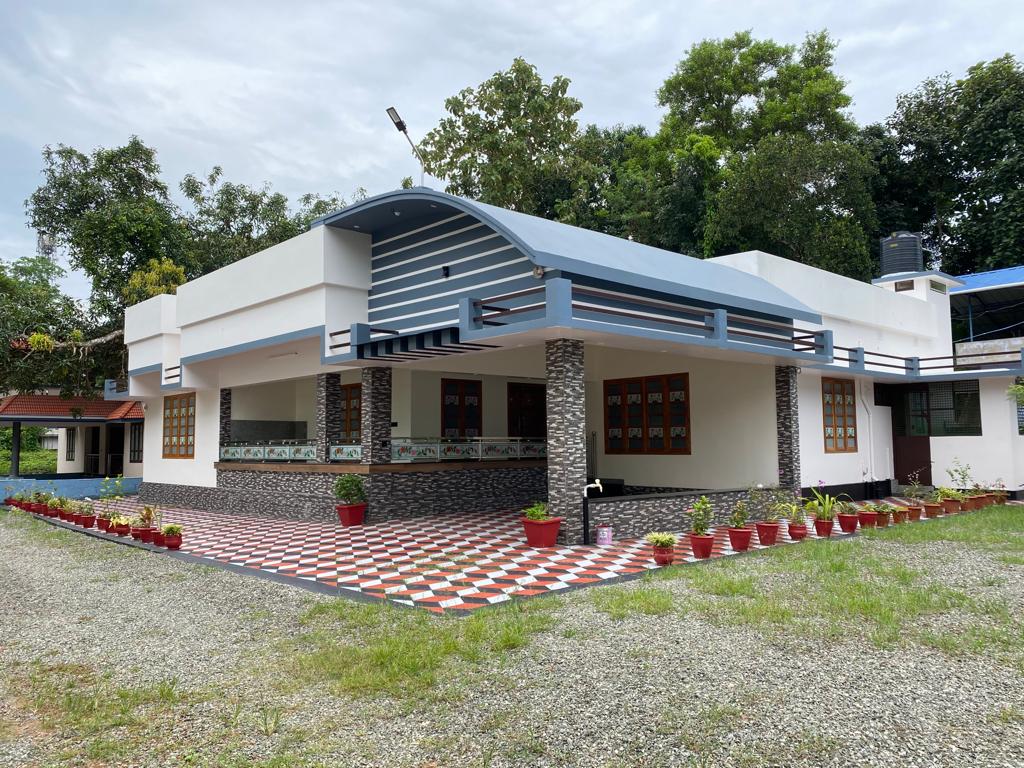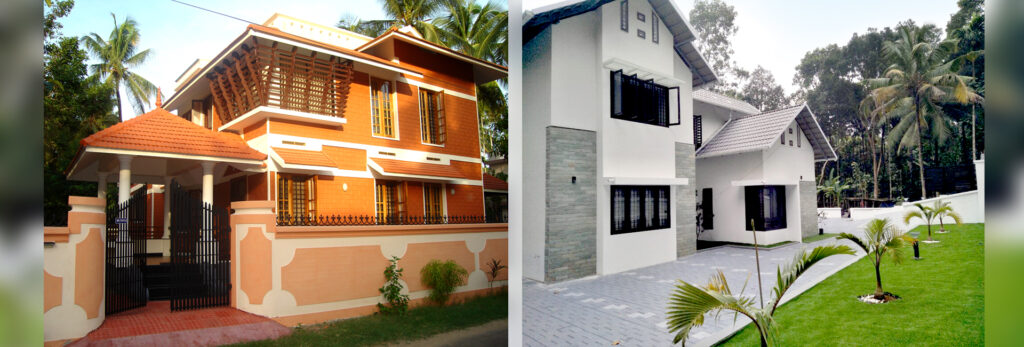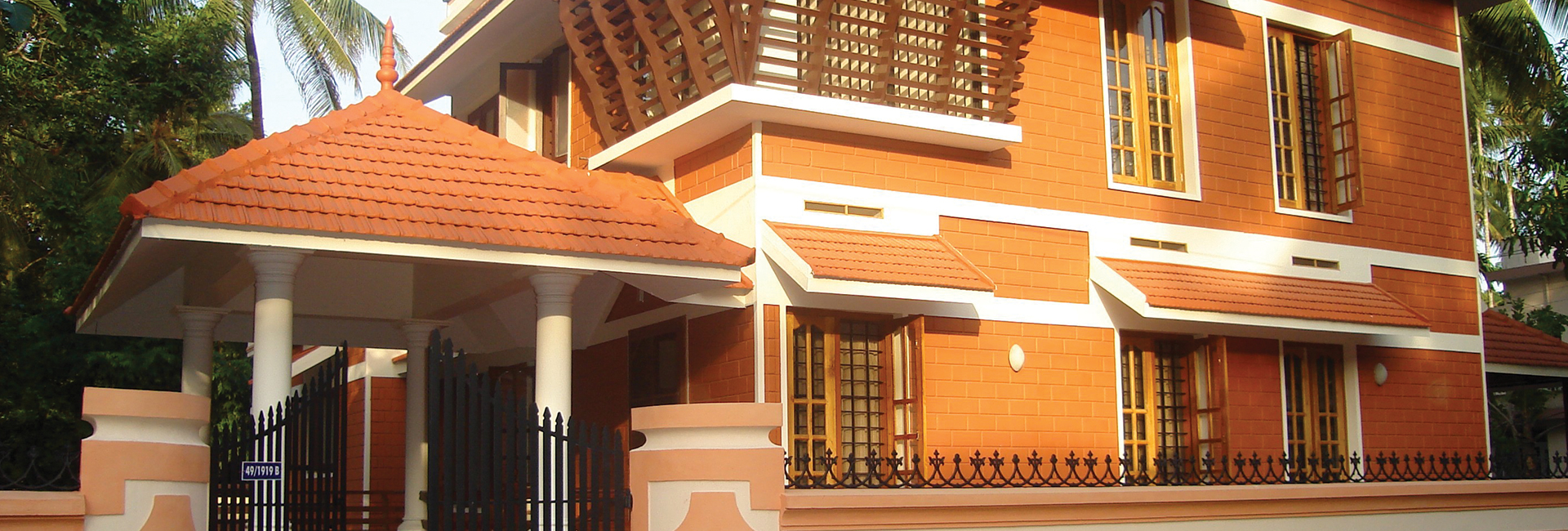
The Role of Interlocking Bricks in Disaster-Resistant Construction
- toughie
- 7 Mar, 2024
In the realm of construction, resilience against natural disasters is paramount. Interlocking bricks have emerged as a revolutionary solution, offering unparalleled strength and durability to withstand various environmental challenges. As climate change intensifies, the frequency and severity of natural calamities like earthquakes and floods are on the rise. In this scenario, the role of interlocking bricks in disaster-resistant construction cannot be overstated.
Interlocking bricks are designed to fit together like pieces of a puzzle, creating a robust and cohesive structure. Unlike traditional bricks, which rely solely on mortar for stability, interlocking bricks interlock mechanically, enhancing structural integrity. This unique design distributes stress evenly throughout the building, making it more resistant to seismic activity and ground movement. Moreover, the absence of mortar reduces the risk of collapse during earthquakes, offering occupants a higher level of safety.
Another key advantage of interlocking bricks lies in their ability to withstand flooding. Traditional brick structures are susceptible to water damage, as mortar joints can weaken and erode over time. In contrast, interlocking bricks form a tight seal that prevents water infiltration, keeping the building dry and resilient even in flood-prone areas. Additionally, their modular design allows for quick and easy replacement of damaged bricks, minimizing repair costs and downtime in the event of a disaster.

Beyond their structural benefits, interlocking bricks also contribute to sustainable construction practices. Made from locally sourced materials such as soil, sand, and stabilizers, they are eco-friendly and cost-effective. Their low carbon footprint and minimal energy requirements make them a preferred choice for environmentally conscious builders. Furthermore, interlocking brick construction reduces construction waste by eliminating the need for mortar, reinforcing the principles of sustainability.
In conclusion, interlocking bricks offer a versatile and efficient solution for disaster-resistant construction. Their innovative design, combined with inherent strength and durability, makes them ideal for withstanding the forces of nature. As communities around the world face increasing risks from natural disasters, investing in resilient building materials like interlocking bricks is essential for creating safer and more sustainable built environments.

